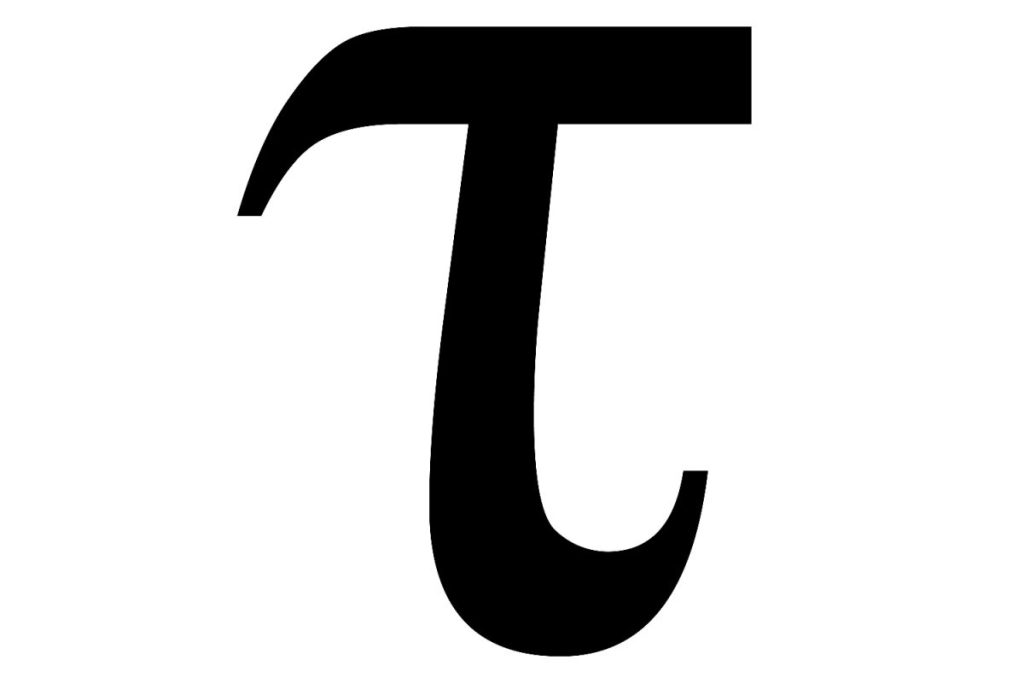The federal government has sought to head off a growing backlash from communities affected by proposed high-voltage transmission lines by launching a review of how projects are planned.
Someone has surely done the maths on burying these transmission lines?
Yes, digging ditches, laying pipes etc are expensive but:
- You don’t have to trim trees around them to stop the trees from startin fires/bringing the lines down
- Weight is no longer a concern, so you could use better conductors than aluminium cable - so less transmission losses
- They’re not an eyesore/get in the way of farming/interfere with other things
- The replacement time should be higher as they’ll be protected from the elements
Iirc the reason why they don’t bury the high-voltage transmission lines are:
- Heat dissipation because those lines get hot with all the power flowing through it.
- Following on from the above, the wires are uninsulated because finding an insulation material that doesn’t melt gets very expensive.
- Harder to maintain because it’s harder to pinpoint faults and any maintenance requires digging something up.
- Following on from the above, some dickhead not calling before digging and cutting into a high-voltage line is going to have a Very Bad Day.
Yeah, it might be impractical for some or all of the reasons, but I see some wiggle room.
Some dickhead accidentally digging through the buried cables is no more likely than the existing dickheads driving into the pylons with their tractors or clipping the cables with raised booms etc.
Happens so frequently in regional areas it’s barely even reported on, but there’s still plenty of news to find: https://www.google.com/search?q=power+lines+brought+down+by+tractor.Doing some quick googling it looks like there have been some studies. https://www.nationalgrid.com/sites/default/files/documents/39111-Undergrounding_high_voltage_electricity_transmission_lines_The_technical_issues_INT.pdf
https://onlinelibrary.wiley.com/doi/abs/10.1002/047134608X.W6146.pub2
Looks like I have some more reading to do. ;-)
I’ll add that in theory it takes longer to install underground transmission lines (although community opposition of overhead lines could change that calculus). This is relevant because a significant number of investors won’t invest their money unless they have certainty that the transmission lines will be ready when they are finished building. I’d prefer the government just build the bulk renewables (wind and solar), but for better or worse most governments would prefer to outsource some or most of the work to private investment.
Here’s a PDF from TransGrid related to HumeLink, which outlines some of the pros/cons for that project specifically.
EDIT: And the full study.




